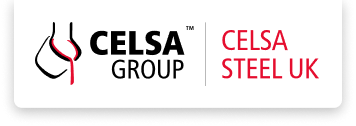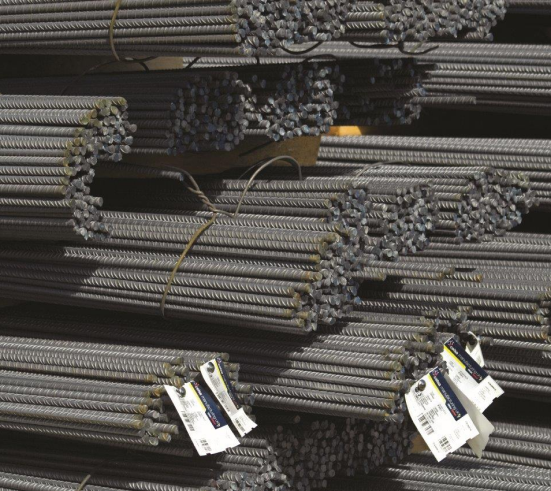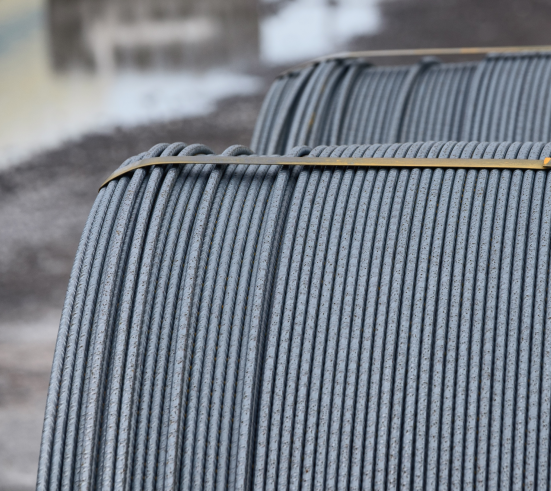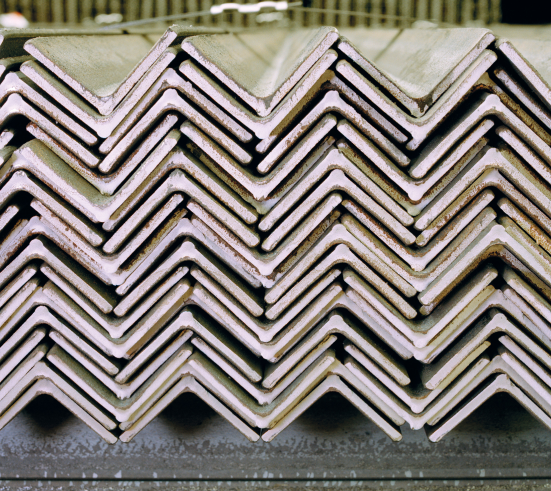The melt-shop
In December 2006 Celsa UK opened its new state-of-the-art melt shop. This facility increased our crude steel production capacity from 850,000 tonnes to 1.2 million tonnes per year.
The melt shop at Celsa UK uses the electric arc furnace (EAF) process to manufacture crude steel.
1.
Scrap
Scrap arrives at our facilities by rail and by road for delivery to the melt shop. There are over 20 different grades of scrap, each representing a different level of quality. Scrap ranges from scrapped cars – which often contain impurities such as copper from copper wiring – to turnings from machining factories where the steel tends to have fewer tramp elements.
2.
Electric Arc Furnace steelmaking
Once the correct scrap recipe is prepared, the scrap is charged into the furnace, and an electrical discharge is applied through graphite electrodes.
This produces high current electrical arcs, which melt the scrap to form molten steel. Once the scrap is all melted, there is a further refining of the molten steel, before the furnace is tapped into a refractory-lined ladle for further processing.
3.
Tapping
When steel is tapped from the EAF into the ladle, the main alloying elements are added to the molten steel.
These elements, such as manganese and silicon will combine with unwanted impurities such as oxygen and sulphur, preventing them from having a harmful effect on steel properties. Manganese and silicon are also used to produce strengthening of the steel.
4.
Secondary steelmaking
The ladle of molten steel is moved to the ladle arc station. Here the temperature and composition of the steel are adjusted to tightly controlled limits, to ensure that the steel is of the right analysis to produce the required properties in the finished products.
Alloying elements such as manganese, vanadium or boron may be added to produce the necessary strength, ductility or toughness in the final steel.
5.
Continuous
casting
Once the ladle of molten steel is of the required temperature and chemical composition, it is moved to the continuous caster. The molten steel is run through a gate in the base of the ladle, and into a tundish. The tundish is a bath-shaped refractory-lined vessel, which acts as a reservoir for the molten steel during the casting process. In the base of the tundish are six nozzles, from which the molten steel flows into six moulds, where the steel will start to solidify.




